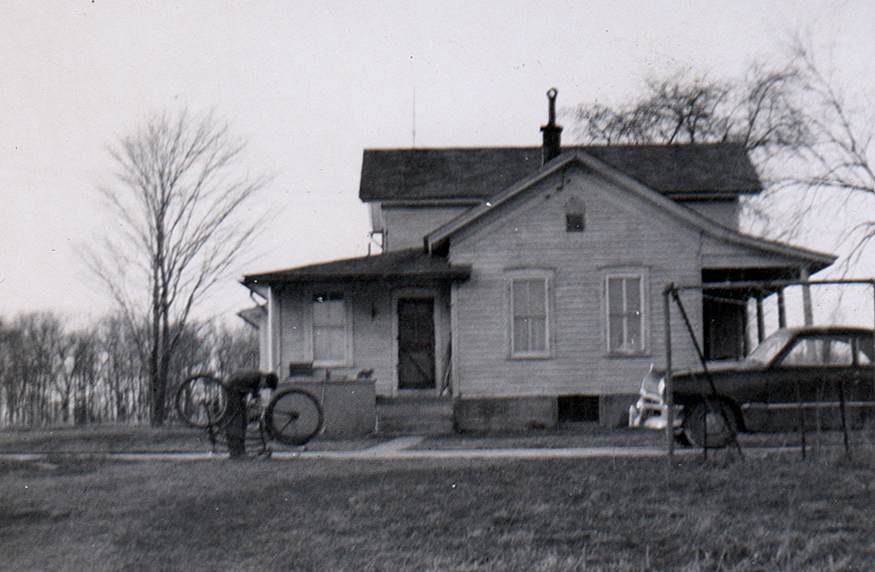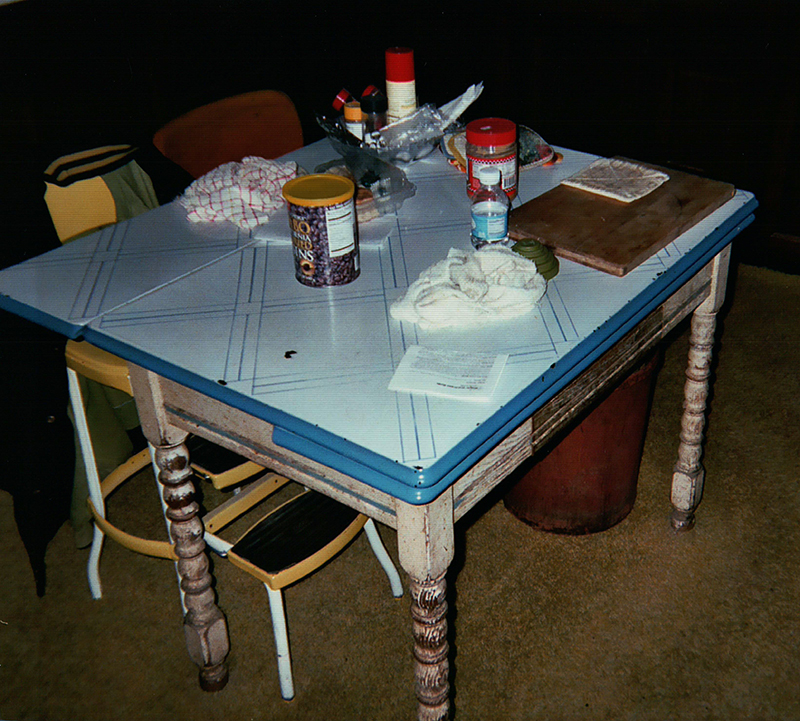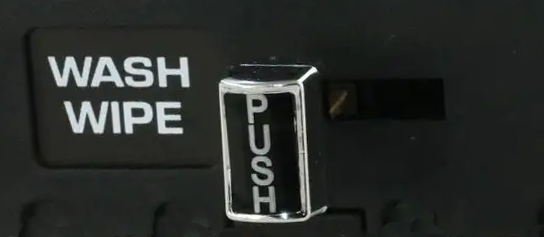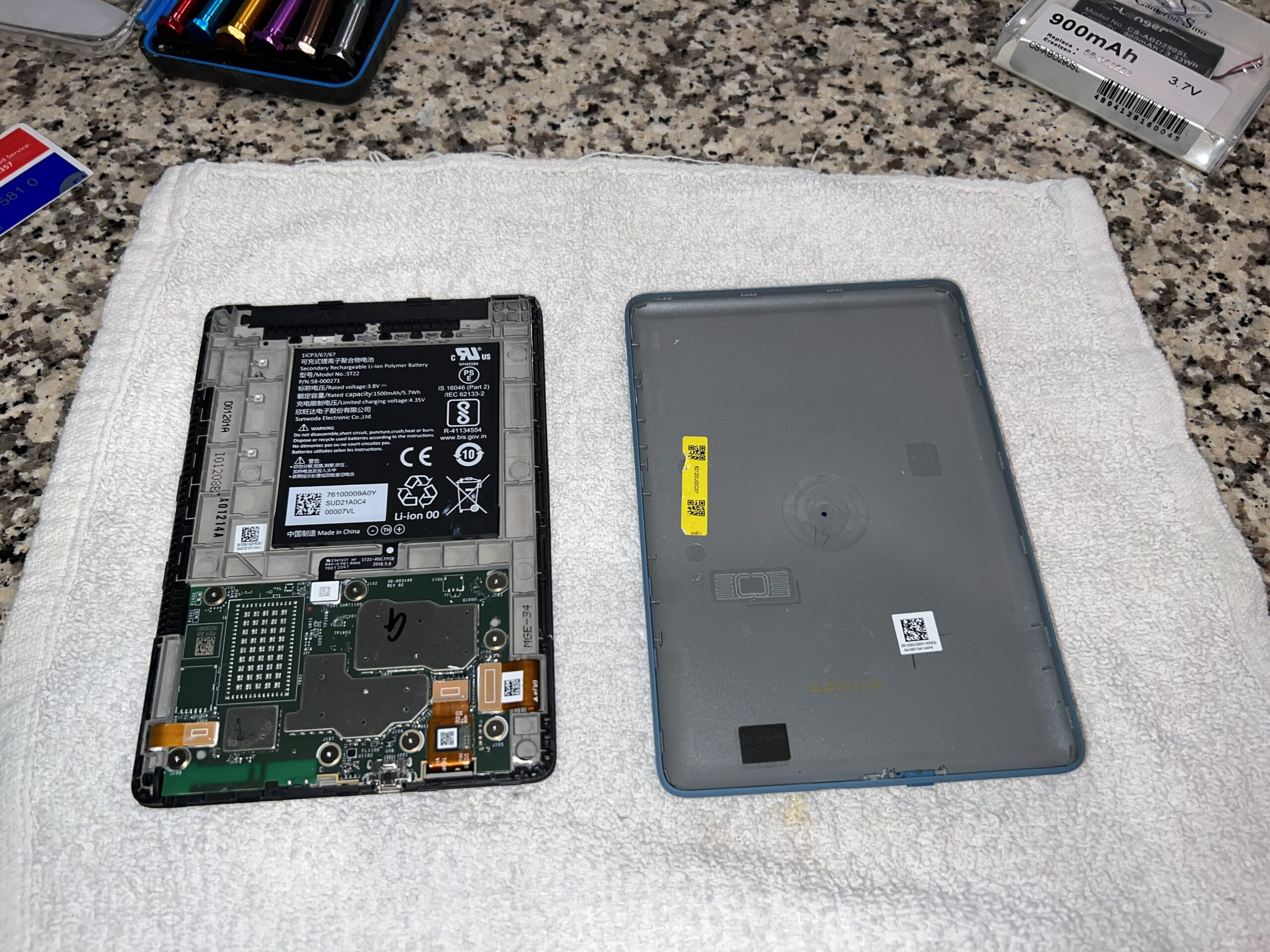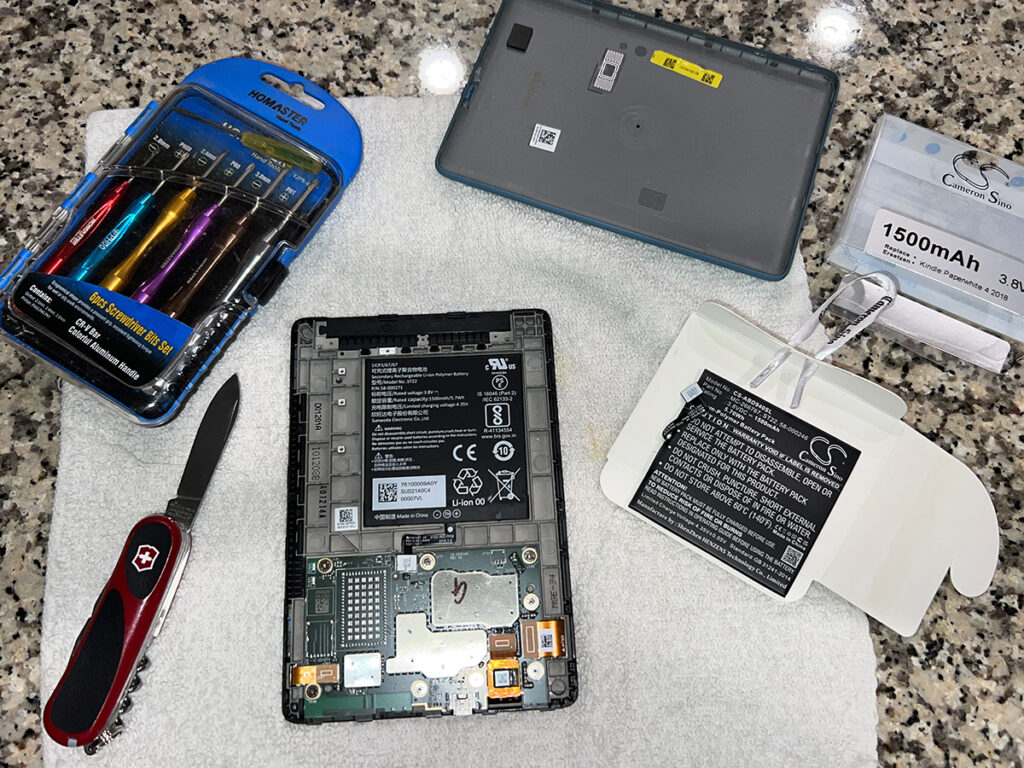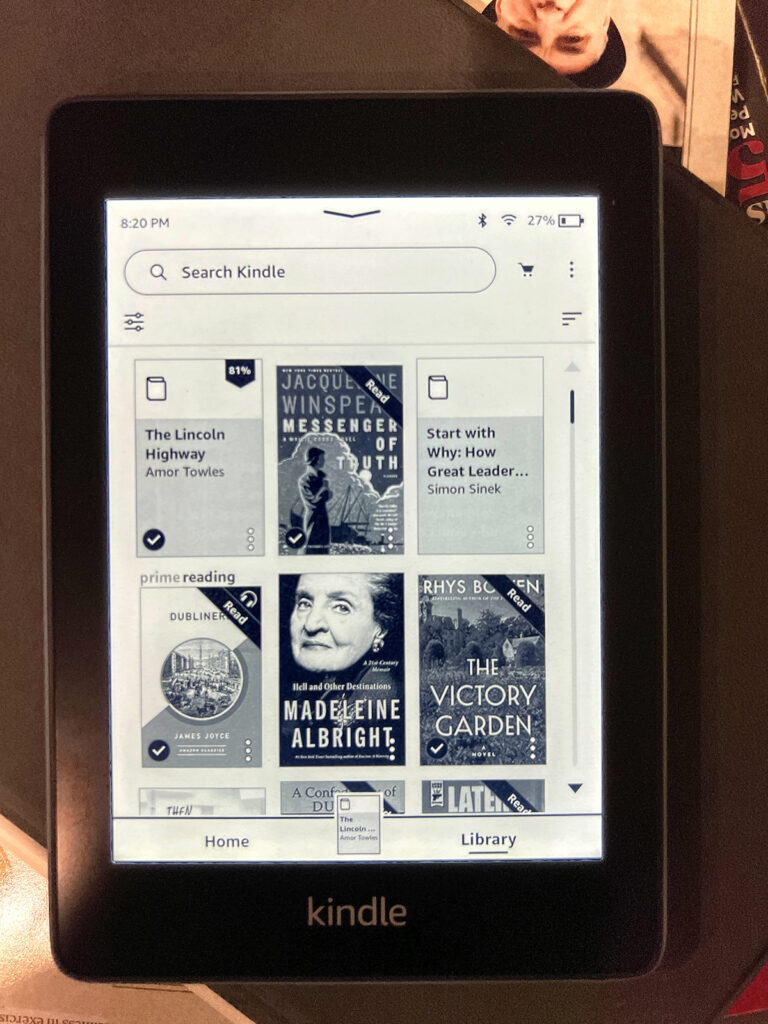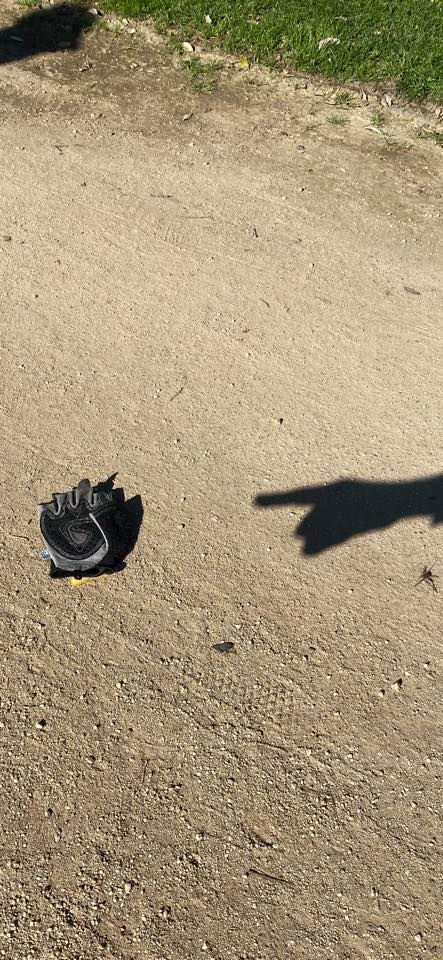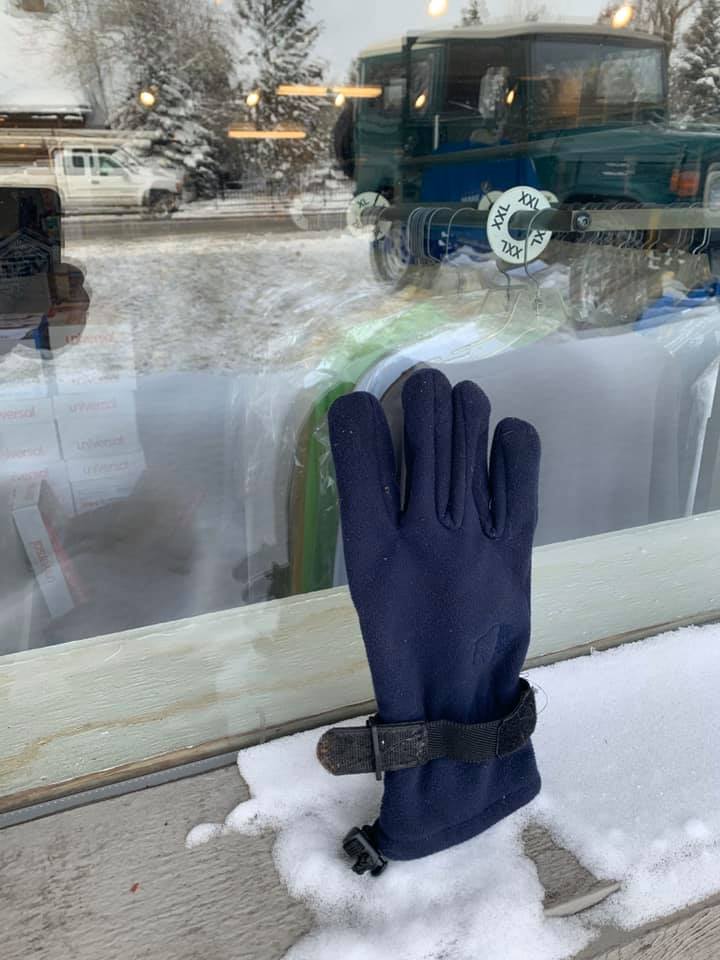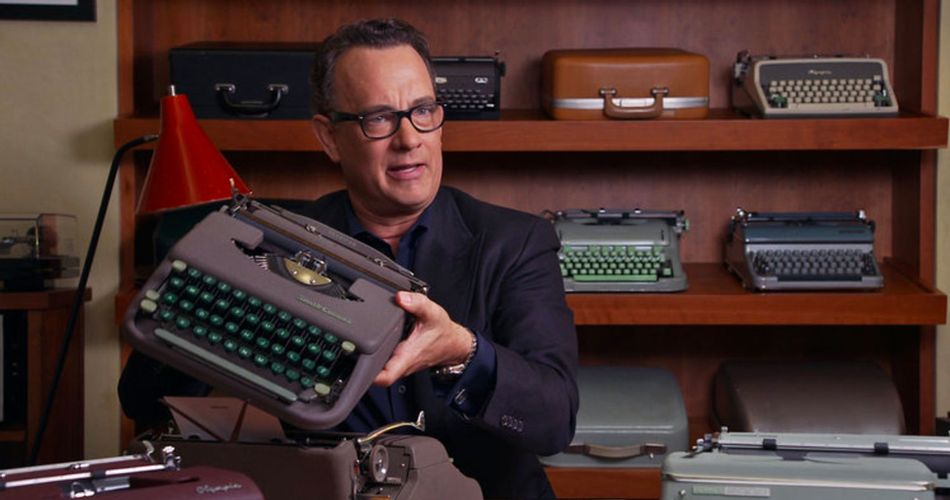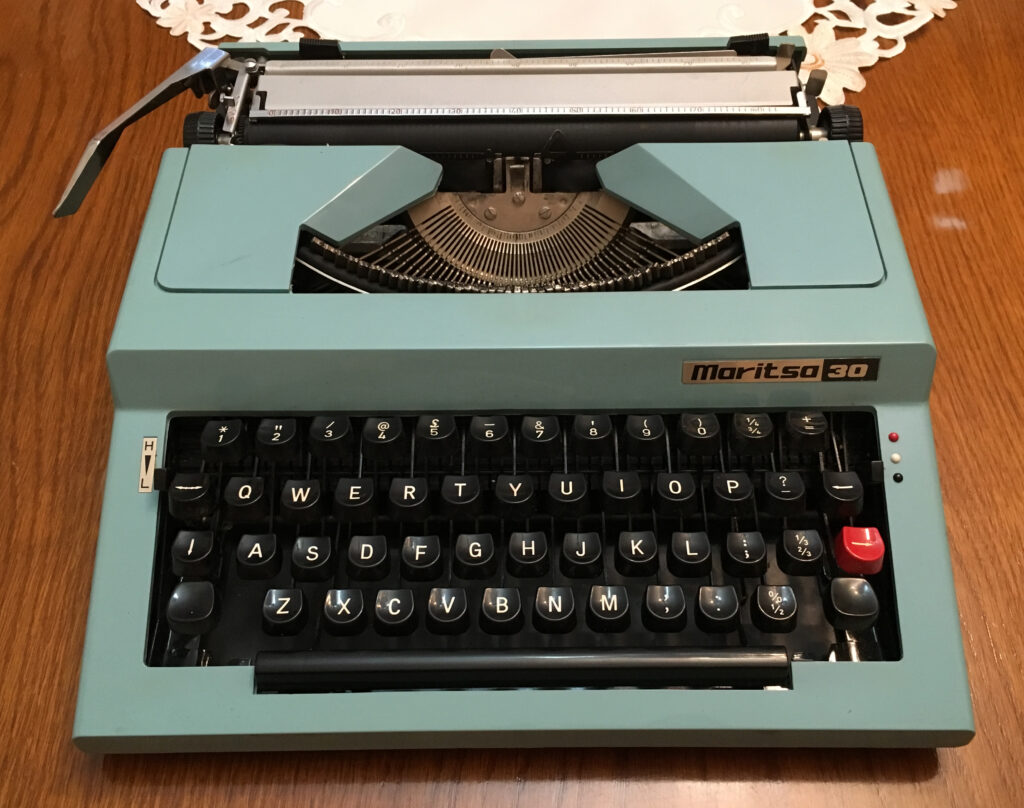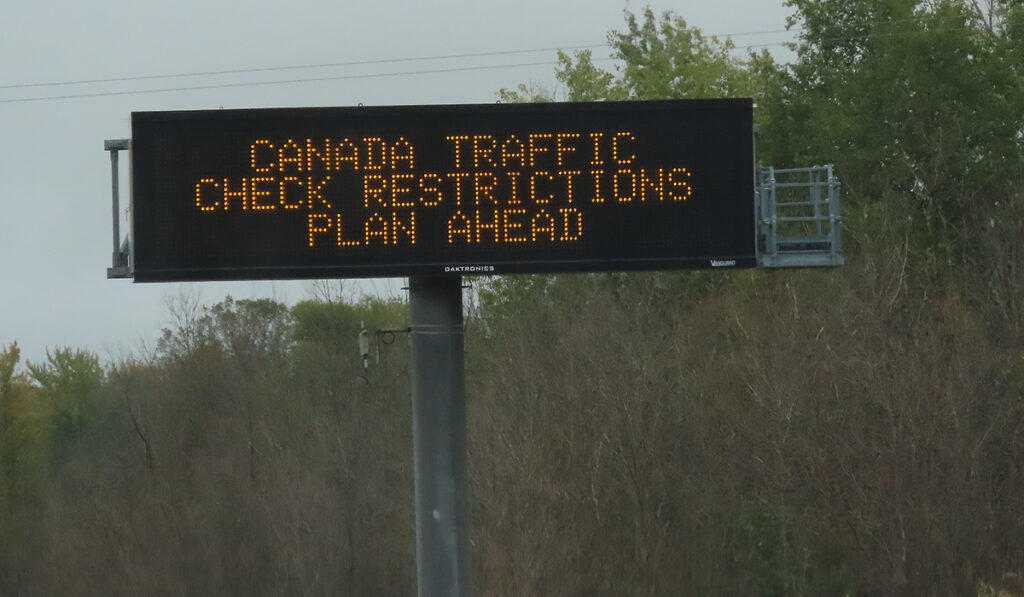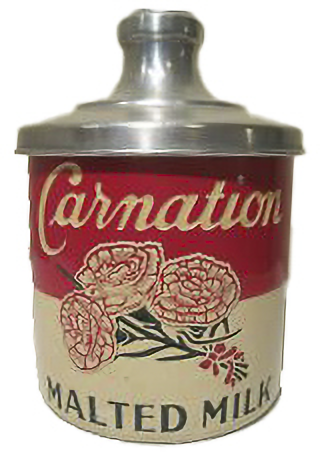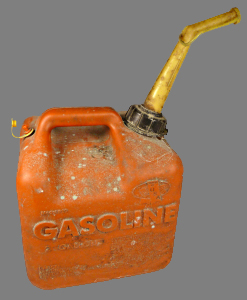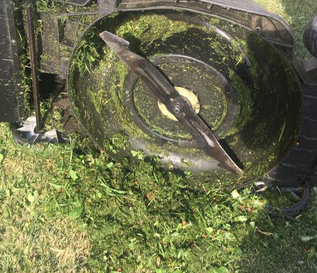What you are about to read is totally true and accurate. You likely will be bewildered and experience stunned disbelief. However, except where I have embellished, lied, amplified or mis-remembered, this is all true!
My wife and I have just completed our first real vacation in years. And I mean that literally. YEARS! We’ve taken a few long weekends away from home-sweet-home, but this adventure was nine days on the road to see something other than our own walls and carpets.
If
I didn’t hate people before this trip, and have a short fuse (which I do),
those conditions worsened on this trip.
We
drove over 2,000 miles passing through North Carolina, Virginia, West Virginia,
Ohio, Michigan, Ontario (Toronto), New York, Pennsylvania, Maryland, Virginia
and back home to North Carolina.
We
saw some of the most awful roads on our trip. In fact in Pennsylvania I had
just, in the dark, entered a curving exit ramp, when the left wheels went
through the deepest of all craters. Five cars were on the shoulder after having
hit it ahead of us – those cars appeared to be broken and disabled: blown tires
and bent-up undercarriages. Drivers were assessing their damage by the light
cast from their Angry Birds devices, the look of stunned disbelief quite
evident. Our sinuses and spinal cords ached from the impact, but we had no
(visible) damage. But we hit it hard! Mr. Toyota: you make a strong Corolla!
We
left on a Friday around noon, having worked the morning half of the day. We
spent the first night in Parkersburg, West Virginia.
Apparently
West Virginia peoples don’t believe in masks, the plague, protecting themselves
or their tourists. Our hotel was very busy with a 50th high-school
reunion going on – complete with coughing and hacking old smokers all over.
It
was about 7 p.m. when we arrived and we wanted a good meal and an adult
beverage or eight. But we were tired. It was dark and rainy. So we dumped our
bags in the room and drove to the nearby McDonalds. Not the type of gastro fare
I wanted for my vacation to be sure. I wanted steak, baked spuds, beer and some
crazy-tall concoction of cake, ice cream or both, for dessert.
A Quarter Pounder and Filet-O-Fish were to be our first vacation meal delight.
It took us a couple of hours to figure out how to enter the parking lot of said McDonalds. We were shaking with hunger and could smell the fries in the air, but we couldn’t figure out how to get into the joint! Once I finally navigated into the lot, I realized I’d just driven some distance down a one-way street – of course going in the suicide direction. Lucky for us there was no traffic and local law enforcement was busy keeping the peace at a nearby high school football game where the fireworks were blasting off in full force. Or maybe it was squirrel season, I don’t know.
We
took our food back to the room, ate and fell asleep.
The
next morn I went to the free breakfast to get some food to take back to the
room while my wife readied herself for the day’s journey.
Why
would people take grandkids to a class reunion? I don’t get it. I was presented
with a crowd of 68-year-olds, puffing away on their Winstons, ignoring their pre-teens
running about drinking straight from the chocolate milk fountain and running
their sticky paws through the bread and bagel basket. I have so far failed to
make sense of this.
The
only thing I felt safe eating were bananas. And even those were slippery.
Bananas should not be slippery.
We
ate the tropical yellows in our room and then began our escape.
Next
up, I needed my morning addiction: coffee.
I
had spied a Starbucks on our way in to town. I knew just how to get there. Or
so I thought. In my mind it was only inches away and on our way out of town. I
tooled around a bit, both of us anxious to be on our damn way when I said
“Forget it, I’ll get gas station coffee!” “No, we’re getting you a Starbucks.
I’ll map us.” my loving wife stated.
She
did so which took us a couple of miles in the wrong direction but surprise of
shocks, it was a nearly-new Starbucks and was one of the nicest ones I’ve ever
been in, regardless of state or country!
They
all have that Starbucks vibe, but the people were so nice. And they were masked
but I swear to you, I think they had all their teeth! Really! I think they had
full sets of chompers behind those masks. They were clean, friendly, used full
and proper sentences and handed over a venti blonde roast with haste and vigor.
I only saw one tattoo and I think it was of a bunny. Well done, Parkersburg
Starbucks!
Then
we were on the road again (cue Willie).
The
first of many ways the world stood on my sciatic nerve was on the West Virginia
Turnpike which…get this…only takes CASH! Who carries cash!? Well, I do, but
that’s not the point.
I
was the subject of several harsh rebukes bellowed by Toll Collector Betty. I’m
sure she said “We only accept cash, fine sir” but it took about 17 attempts for
us to understand her message. If she’d had just one tooth in the front, she may
have been able to enunciate clearly. But no. To be fair, I was distracted by
wiping from my glasses the chewing tobacco she was spewing.
These
days, having been gone for over 22 years, I can only get around the very major
landmarks in my old stomping grounds of Kalamazoo, Michigan. It has changed so
much. I mean, they had running water and ‘lectricity when I left, but now they
like, you know, have paved roads, Costcos and WalMarts and most of the people
wear shoes!
It
has become a joke that every time I visit mom, my first chore is to replace
light bulbs. And in her house she has can lights everywhere. The only place
where there isn’t a can light is over the dining table. She had a few lights
burned out so I replaced them with bulbs she’d purchased. Well, the new bulbs
were white LEDs and dang – they gave off a great light! The old bulbs were of
the Edison variety with bona-fide burning filaments in the bulbs. She was so
enamored with the great light from the replacements she said: “Let’s go to
Menard’s (the Michigan version of Lowe’s or Home Depot and one superior thing
about Michigan that has nothing to do with Lake Superior) and load up the cart
and replace every light in the house!?” She was so excited!
A
few hours and 37 bulbs later, she had fresh and modern illumination throughout
the estate. She informed us that she plans to die when she’s 85 so she suspects
these bulbs will last her.
Oy.
While
we were at Menard’s to get bulbs (we literally had a cart full of them), it was
very busy. Three lanes open with decent lines in each. It’s almost our turn and
mom said “Do you recognize the cashier?” I had paid her no notice until then
but when I gave her a solid review I instantly knew it was Meredith – a girl
I’d grown up with! Well, I haven’t seen her since the 10th grade but
she was easily recognized. But I knew she wouldn’t know me – I look more than a
little different. She’d of course recognize mom – she sorta stands out in a
crowd of bears and trout.
Mind
you, we’re in a long line of gun-toting Michiganders who are slightly toasted
now that pot is fully legal there, and mom decided to have a reunion with
Meredith! Egads!
“How’s
your mom? Where are you living? Are you married? Kids? Coke or Pepsi?”
Those
people behind us were seething! Mom insisted on paying so there was no way for
me to hurry our exit. Meredith did her best to be friendly, but kept glancing
to the angered farm boys who were sharpening their blades behind us – trying
her best to send my mom a CLUE to move it! Mom’s retired and entitled to her
own timeline, so what the hell. If I make it to retirement, I’ll do the same.
We
finally got out of there with our skins, though one Bubba burned rubber right
next to us in the parking lot – he was either trying to flirt with my wife, or
run us over, I’m not sure which. (TRANSLATION: Michigan boys think making a big
burnout is a major turn-on to the ladies).
We
also went to the lakeside resort area of South Haven, on the shores of Lake
Michigan. But it was too blasted cold to do much. We walked around, took a few
shots and hunted for coffee. South Haven has three independent coffee
joints…all of which close at 1 p.m. After that, Michiganders switch to
microbrews and hard liquor.
Mom:
“But my car has heated seats! Turn on your heated seats and you won’t need
coffee!”
Me:
“I hate heated seats. They make my butt sweat.”
Wife:
“I don’t like heated seats…they make me too hot.”
Mom:
“But they’re FANCY! I paid for ‘em, you might as well use ‘em!”
Several
miles towards home we came upon a Biggby Coffee location. Desperation called
for a stop. I really do not like the juice that comes from Biggby Coffee. But
it was hot and warming, and maybe created only a small ulcer.
Next,
we were on to Toronto, Canada to visit with family and see some sights.
In
order to enter Canada, you have to install an app on your phone, create an
account, and enter Passport information, immunization records and the results
of a Covid test no more than 24 hours old and a 20-page essay extolling the
virtues of the confirming interrogative “eh!”
The
day before our departure toward maple-land, we went to a local testing facility
to have our nasals probed, in order to satisfy the requirement to cross the
border.
We
were so impressed with how well organized the place was. All drive-up. In 10
minutes the whole thing was over. They promised that an email with the results
(good for international travel) would appear the next morning. We planned to be
on the road at 10 a.m. that next morning in order to get to our Toronto hotel
before dark.
Morning
came and a quick breakfast of muffins and coffee was had, but nothing appeared
in our email inboxes. Well, apparently we have an issue with our car warranty,
but that would be handled upon our return home.
We
began to get nervous. Without those results, we couldn’t cross the border.
Hotel
rooms were bought and paid for.
Venue
reservations had been made.
The
horror!
My
wife called the testing place.
They
didn’t know who we were.
We
had been given no “paperwork” from the nose-voyeurs so all we could give them
was names, birthdates, etc.
After
she was on the phone for many dozens of nervous minutes it turned out that the
clerk had mis-typed our names, email addresses and phone numbers. I’m sure our
handwriting had nothing to do with the fat-fingering as we both exhibit
enviable script when filling out papers on our knees while seated in our car
during a blizzard. Anything is possible.
The
fine Michigan lady told us we passed the tests, but that it could take a couple
of hours for our certificates to be generated.
And
don’t forget to check your Spam folder.
At
long last we got our certificates and completed registering on the ArriveCAN app
and we hit the road.
Hugs
and goodbyes and we were away!
Once
on Michigan main ruts, er, roads, it rained. It blew. It fogged. We couldn’t
even see the capitol dome in Lansing as we passed by. No impressive photos were
had. And the traffic was awful. I can’t tell you how many close calls we had
due to the traffic and weather.
We
finally made it to Port Huron, Michigan where we could take the Blue Water
Bridge to cross into foreign lands.
“Hello,
bonjour! Said the nice border security lady. Passports, ArriveCAN code, bribe,
fishing license and vaccination cards.”
I
handed them over.
I’m
always nervous at border crossings.
She
was wearing a Glock G22, with two spare magazines. She was ready to not take
crap from some fat and bald American. Or me.
When
I was a kid, we went to Canada a lot and back then smuggling cigarettes was a
big thing. Eight-year-old me was traumatized by seeing a families’ car torn
apart by Canadian Mounties looking for smokes, while little Timmy and his doggie
watched in terror. The painful memory lingers.
Agent:
“Why do you want to come to Canada?”
Me:
“To visit the CN Tower and the ROM (Royal Ontario Museum).”
Agent:
“You’re coming into Canada to do that on a WEDNESDAY? Who does that?”
Me:
“Well, it’s when we got time off work.”
Agent:
“What do you both do?”
Me:
“I’m a computer programmer, she (pointing to my wife) is a technical writer.”
Agent:
“Neat.”
Agent:
“How much alcohol do you have in that trunk?”
No
“DO you have alcohol?” She ASSUMED alcohol! Is it written on our faces?
Oh,
yeah, we were entering from Michigan, so yeah. But she didn’t ask about Mary
Jane. She didn’t care about Mary Jane at all.
But
we were PREPARED!
Me:
“We have about six cans of beer.”
Agent:
“How many liters is that?”
Me:
“Um, I think they’re each about 12 ounces.”
Agent:
“Canada is on the metric system you dolt. How many LITERS are you bringing in?”
Fortunately,
Romania is metric and my wife hailing from that land quickly calculated and
gave the woman a number.
Agent:
“And you’re going to drink that in the CN Tower?”
Me:
“No, we’ll drink it in our room.”
Agent:
“Because Canada doesn’t have beer?”
Me:
“No, but we brought beers we like.”
Agent:
“You wouldn’t want to try Canadian beer? Just your own?”
Me:
Hunting for my next words, eyes locked on that Glock….
Agent:
“Tell me about the weapons you have on-board. Keeping in mind that pocket
knives and mace and mean words are considered weapons.”
Me:
“All we have is my Swiss Army Knife.”
The
Agent gave me a disgusted look, apparently not a fan of the Swiss. She tapped
away on her computer while we sweated in the frigid Canadian wind.
Finally,
she handed our documents back to us.
But
she wasn’t finished with our shivering and apprehensive personages.
Agent:
“You’ve been selected for a random Covid screening.”
She
handed us two blue boxes.
Agent:
“There’s a box for each of you. You’ll drive ahead towards that Red Cross flag
over there. Park by the cones. Open each of your boxes and follow the
instructions inside. Do not open your windows or doors. Stay in your car. This
is a secure area. We will shoot. We’re cold and we can warm our fingers on our
hot gun barrels. It’s up to you. Now drive to the flag very slowly.”
I
drove to the flag and we opened our boxes. Inside was a form to fill out with
the usual identifying informations.
Finally,
a Jamaican dude appeared in front of us. How he can exist in such a frozen
clime, I do not know. The man did a stilted mime that seemed to indicate that
we were to drive ahead through a maze of cones and concrete barriers only wide
enough for a Trek to trek. I finally made it through the course with side-view
mirrors still attached.
Then
we were in the hands of nice Red Cross peoples. I tried to call my friend Mark who
is a highly-placed volunteer official with the American Red Cross to see if he
could get us out of it, but he didn’t answer. I suspect our call was blocked by
the Canadian Air Force, the air being thick with geese on maneuvers.
The
Red Crossers swabbed our nostrils.
Deep.
And
they made each of us create a Red Cross Canada account on our phones.
They
waited while we did this.
They
continued to wait.
Our
eyes teared after having been poked from below and assaulted by the strong wind
off Lake Huron. Filling out lengthy forms on an iPhone whilst crying is not a
scenario that lends itself to speedy completion.
More
waiting ensued during which the Red Crossers danced to unheard tunes in an
attempt to not be frozen to the tarmac.
Our
windows were open so the Reds could talk to us. We were lodged between
trailers, barriers and assault rifles. And bears, probably. There was no early escape
to be enjoyed. Oh, and that moose. He looked to be asleep, but I think he had
one eye open, clearly focused on us.
The
app registration complete, they told us that it would allow them to
contact-trace in the event our tests came back with bad results.
We
were finally released and allowed to continue our Canadian trek, where the maximum
speed limit is 55 mph – or 88 kmh – THEY’RE METRIC! I had frequent flashbacks
to Jimmy Carter – not the best kind of distraction whilst one is on vacation.
It
was several miles through gorgeous countryside before we came upon a gas
station. That was fortunate because I needed to change my undies and get a
bottled Starbucks Mocha Frappuccino to re-engergize.
Now
for a word about the details of the Canadian visit.
We
visited Toronto sites, we walked hundreds of miles in the windy, cold Toronto
downtown, we ate too much, we drank too much, we shared stories and laughs with
family who had met us there. But alas, after a couple of days, it was time to return
to the land of angry people (Canadians truly are over-the-top in the friendly
department).
I
was feeling a little nervous about re-entering the United States of A, given
our nasal challenges entering Canada.
We
got to the border crossing and because at that time it was closed to all but
returning citizens, there was nobody there. One lane open. Nobody ahead of us.
Nobody behind us. I think I spied a few clowns to the left, maybe a joker on
the right.
The
agent glanced at our passports and opened the gate. He didn’t make any
utterance. And just like that, we were at Niagara Falls, New York.
Other
than that, the trip was uneventful.
Except
for that crevasse in Pennsylvania. My lumbar region will always remember you.
I
need a vacation.



